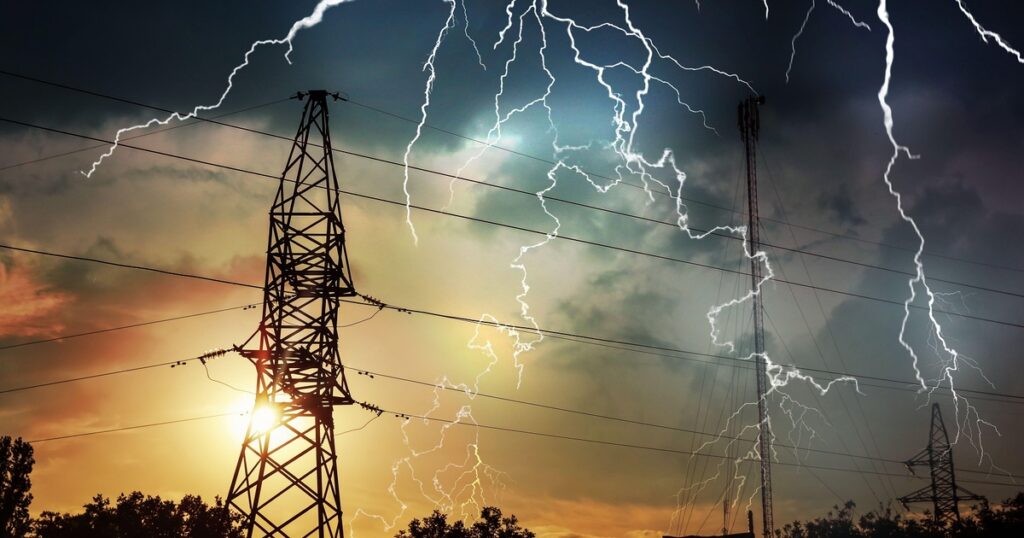13. Power Grid Disruptions: Can We Survive a Blackout?

Perhaps the most frightening risk from a solar superstorm is a long-term power grid failure.
How a Solar Storm Affects Power Grids:
- Induced currents from geomagnetic storms can overload electrical transformers.
- Transformers, especially older ones, can be permanently damaged by the surges.
- Repairing or replacing these giant transformers can take months to years due to manufacturing times.
Consequences of Widespread Power Outages:
- No internet, mobile phone services, or ATMs.
- Water supplies could fail due to electric pump disruptions.
- Food shortages could occur as refrigeration and supply chains collapse.
- Hospitals and emergency services would operate at reduced capacity.
Power grid resilience varies by country and region, but no nation is fully immune to the dangers posed by an extreme geomagnetic storm.
14. Global Preparedness: Are Governments Ready?
Various national agencies, including FEMA, NASA, and NOAA in the United States, have plans in place to deal with solar storms.
However, experts warn that existing protocols may not be enough for a truly catastrophic event.
Preparedness Measures in Place:
- Monitoring systems like the Solar and Heliospheric Observatory (SOHO) and Solar Dynamics Observatory (SDO) provide early warnings.
- Grid operators can temporarily shut down parts of the network to prevent damage.
- Satellite operators can place satellites into safe modes to minimize exposure.
Areas Needing Improvement:
- Aging electrical infrastructure that lacks adequate storm hardening.
- Global coordination among countries remains fragmented.
- Public awareness about the risks and personal preparedness is still low.
Preparing for the worst-case scenario is not just an option — it is a necessity as solar maximum approaches.
15. What Can Individuals Do to Prepare?
While large-scale solar storms are rare, the potential consequences are serious enough that basic preparedness is wise.
Just as people prepare for hurricanes or earthquakes, it makes sense to have a solar storm plan.
Steps You Can Take:
- Emergency Supplies: Keep a stock of essentials like non-perishable food, water, first aid kits, and basic tools.
- Backup Power: Have access to portable chargers, solar-powered batteries, and, if possible, a backup generator.
- Communication Plans: Designate meeting points and communication plans in case of mobile network failures.
- Cash Reserves: Have some cash in hand as ATMs and credit cards can fail when there is no power.
- Know the Alerts: Follow space weather alert systems like NOAA’s Space Weather Prediction Center (SWPC) or apps that notify you of incoming solar storms.
- Protect Electronics: Consider using surge protectors for critical devices and unplug electronics during major storms.
While individuals can’t stop a solar storm, small preparations could make a big difference if disruptions occur.






